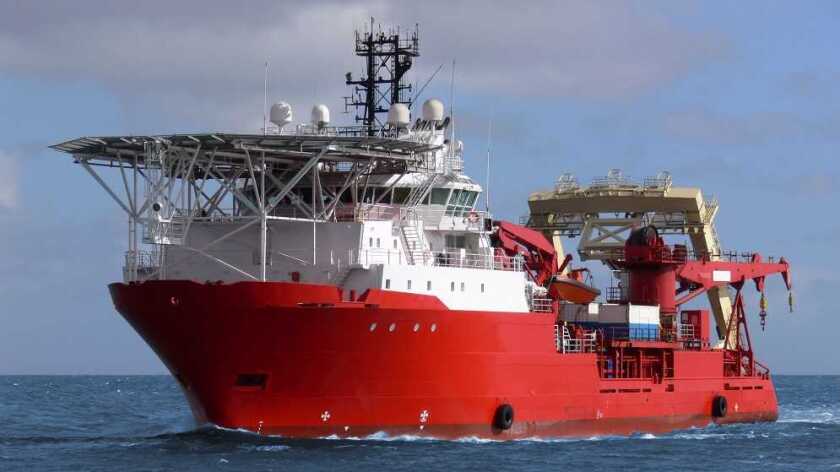SEA-ME-WE 5 was damaged in the straits of Malacca in Indonesian waters last weekend. Although an initial timeline for repair work was set at two to three days due to proximity of local cable ships and equipment, that’s now turned into a number of weeks.
Bangladesh Submarine Cables Company (BSCPLC)’s General Manager for operations and maintenance, Saidur Rahman, told local news stations “administrative work there (in Indonesia) takes a little longer,” and “the authorities said the repair work could be completed in the third or fourth week of next month.”
Despite becoming something of a subsea hub in South East Asia, with over 60 cables connected to its shores, Indonesia still has protectionist regulation around the repairs of cables carried out in its waters.
The government’s preferential cabotage policy requires cable repairs to be performed by Indonesian-ships, manned with Indonesian crews.
Despite being located in a busy shipping region, with ample equipment vessels and crews nearby, delays to repairs have been seen before.
In 2022 the Sulawesi Maluku Papua Cable System (SMPCS) had to wait two months for a repair ship to start fixing it, as the vessel was carrying out works on another system, had to refuel and then travel to the cut on SMPCS.
While the SEA-ME-WE 5 cable is damaged, Bangladesh is relying on connectivity through its only other subsea system, SEA-ME-WE 4 and terrestrial fibre links, mostly imported through India.
Rahman said that SEA-ME-WE 4 would be able to make up the capacity lost on SEA-ME-WE 5, but the “concerned company” would need to pay for the additional bandwidth, which he said “is still not decided.”
Who exactly Rahman is referring to is unclear. According to TeleGeography’s submarine cable map, BSCCL is the only Bangaldeshi company that is a consortium member on SEA-ME-WE 4.






